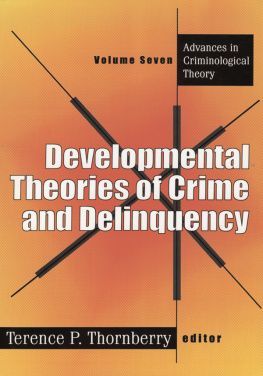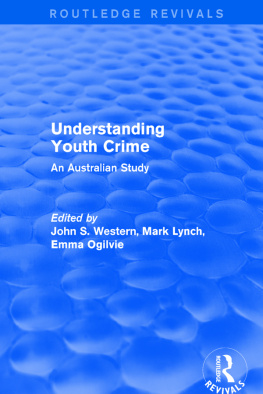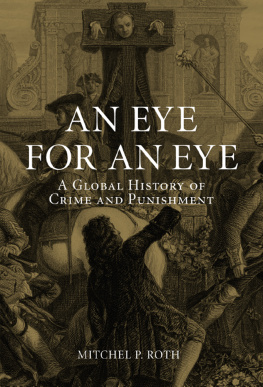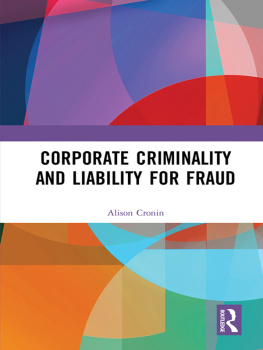Nicole Rafter - The Criminal Brain: Understanding Biological Theories of Crime
Here you can read online Nicole Rafter - The Criminal Brain: Understanding Biological Theories of Crime full text of the book (entire story) in english for free. Download pdf and epub, get meaning, cover and reviews about this ebook. City: New York, year: 2016, publisher: NYU Press, genre: Science. Description of the work, (preface) as well as reviews are available. Best literature library LitArk.com created for fans of good reading and offers a wide selection of genres:
Romance novel
Science fiction
Adventure
Detective
Science
History
Home and family
Prose
Art
Politics
Computer
Non-fiction
Religion
Business
Children
Humor
Choose a favorite category and find really read worthwhile books. Enjoy immersion in the world of imagination, feel the emotions of the characters or learn something new for yourself, make an fascinating discovery.

- Book:The Criminal Brain: Understanding Biological Theories of Crime
- Author:
- Publisher:NYU Press
- Genre:
- Year:2016
- City:New York
- Rating:3 / 5
- Favourites:Add to favourites
- Your mark:
The Criminal Brain: Understanding Biological Theories of Crime: summary, description and annotation
We offer to read an annotation, description, summary or preface (depends on what the author of the book "The Criminal Brain: Understanding Biological Theories of Crime" wrote himself). If you haven't found the necessary information about the book — write in the comments, we will try to find it.
A lively, up-to-date overview of the newest research in biosocial criminology
What is the relationship between criminality and biology? Nineteenth-century phrenologists insisted that criminality was innate, inherent in the offenders brain matter. While they were eventually repudiated as pseudo-scientists, today the pendulum has swung back. Both criminologists and biologists have begun to speak of a tantalizing but disturbing possibility: that criminality may be inherited as a set of genetic deficits that place one at risk to commit theft, violence, or acts of sexual deviance. But what do these new theories really assert? Are they as dangerous as their forerunners, which the Nazis and other eugenicists used to sterilize, incarcerate, and even execute thousands of supposed born criminals? How can we prepare for a future in which leaders may propose crime-control programs based on biology?
In this second edition of The Criminal Brain, Nicole Rafter, Chad Posick, and Michael Rocque describe early biological theories of crime and provide a lively, up-to-date overview of the newest research in biosocial criminology. New chapters introduce the theories of the latter part of the 20th century; apply and critically assess current biosocial and evolutionary theories, the developments in neuro-imaging, and recent progressions in fields such as epigenetics; and finally, provide a vision for the future of criminology and crime policy from a biosocial perspective. The book is a careful, critical examination of each research approach and conclusion. Both compiling and analyzing the body of scholarship devoted to understanding the criminal brain, this volume serves as a condensed, accessible, and contemporary exploration of biological theories of crime and their everyday relevance.
Nicole Rafter: author's other books
Who wrote The Criminal Brain: Understanding Biological Theories of Crime? Find out the surname, the name of the author of the book and a list of all author's works by series.








